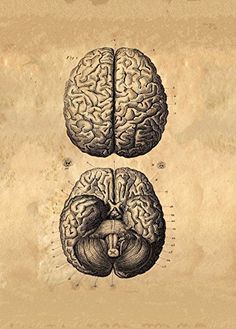"Not one single physician, as far as I know, during the previous two thousand five hundred years, thought of this so natural, so absolutely necessary and only genuine mode of testing medicines for their pure and peculiar effects in deranging the health of man, in order to learn what morbid state each Medicine is capable of curing, except the great and immortal Albrecht von Haller. He alone, besides myself, saw the necessity of this (vide the Preface to the Pharmacopoeia Helvet., Basil, 1771, fol., p. 12); Nempe primum in corpore sano medela tentanda est, sine peregrina ulla miscela; odoreque et sapore ejus exploratis, exigua illiu dosis ingerenda et ad ommes, quae inde contingunt, affectiones, quis pulsus, qui calor, quae respiratia, quaenam excretiones, attendum. Inde ad ductum phaenomenorum, in sano obviorum, transeas ad experimenta in corpore aegroro," etc. But no one, not a single physician, attended to or followed up this invaluable hint."



















